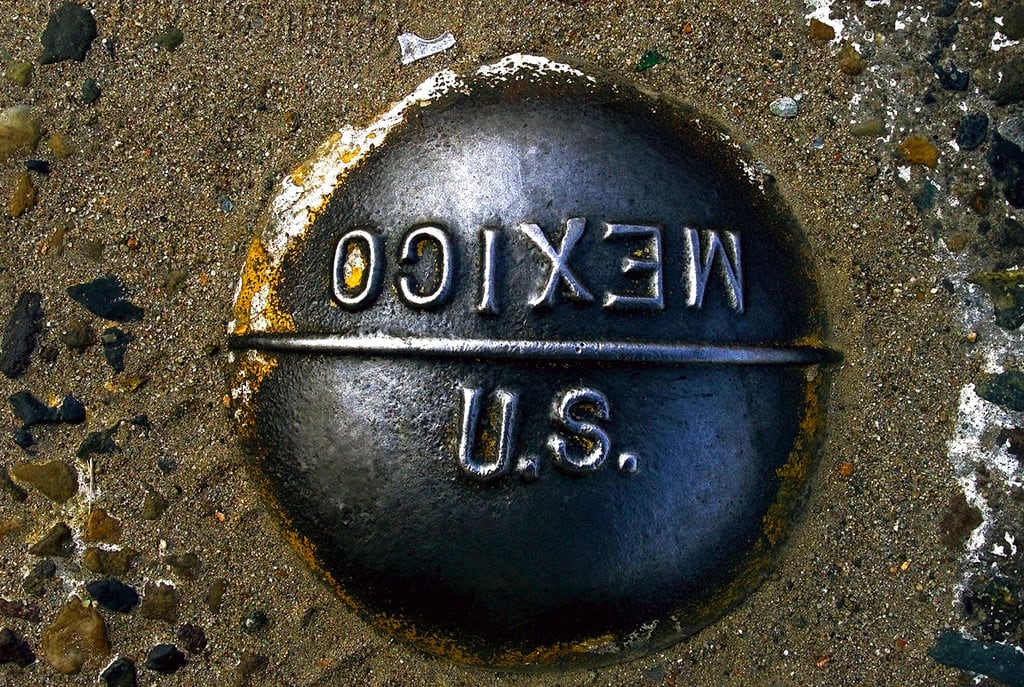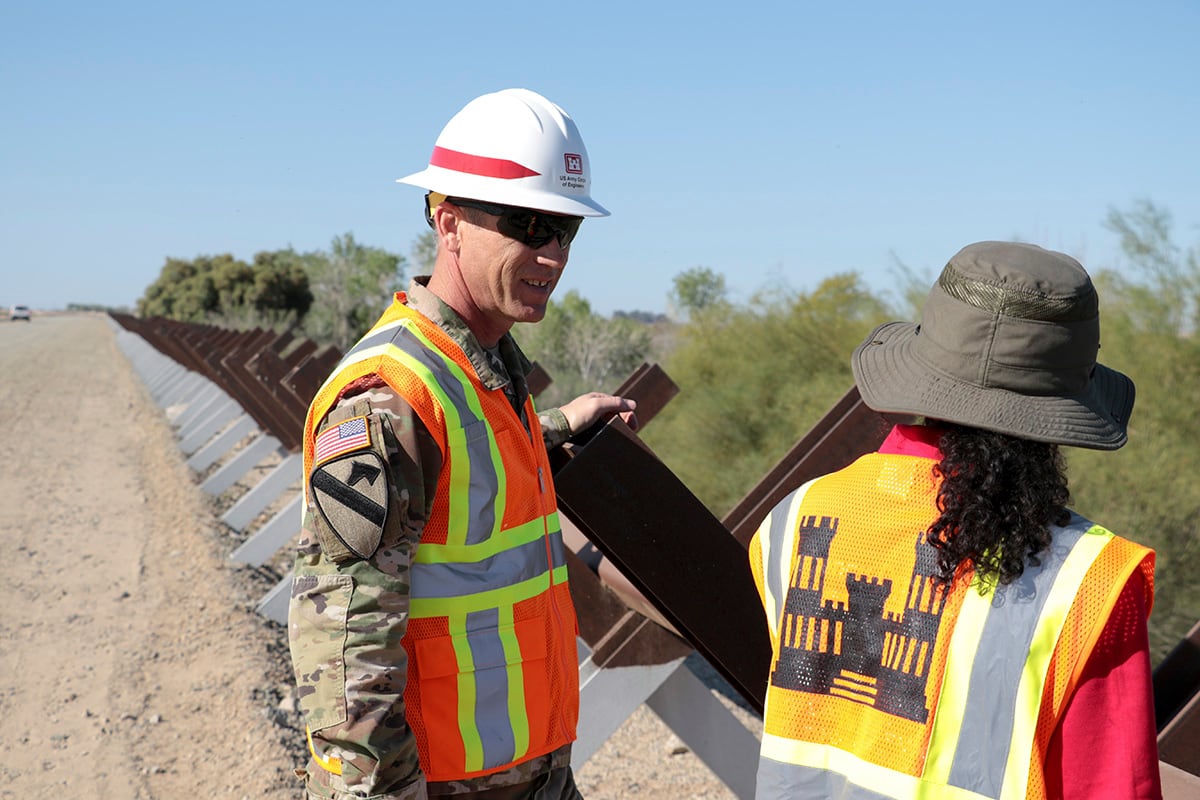WASHINGTON — The Pentagon may send about 300 more troops to the U.S.-Mexico border in roles that could put them in contact with migrants and thus mark a break from current practice, officials said.
Charles Summers, a spokesman for Acting Defense Secretary Patrick Shanahan, said Shanahan was expected to approve the proposal, which was developed as a response to a call from the Department of Homeland Security for additional military assistance.
The new troops would be in support roles such as driving buses with detained migrants and providing meals to them. It would also include Department of Defense lawyers helping to process the migrants.
RELATED

There currently are about 2,900 active-duty troops operating in support of DHS at the border, plus about 2,000 National Guard troops. A key aspect of the policy governing military involvement at the border has been a prohibition on direct contact with migrants. This is meant to emphasis that the military is not in a law enforcement role.
Summers said the proposal being considered by Shanahan would include an “amendment” to the current policy on avoiding contact with migrants. This would be necessary in order to carry out tasks such as providing meals, legal assistance and transportation, he said.
RELATED

“We have Border Patrol stations where (they) are literally overwhelmed with migrants, so we’re merely delineating the fact that we will have some of our troops handing out meals and therefore would come in contact with migrants,” Summers said.
The proposal was first reported by The Washington Post.
